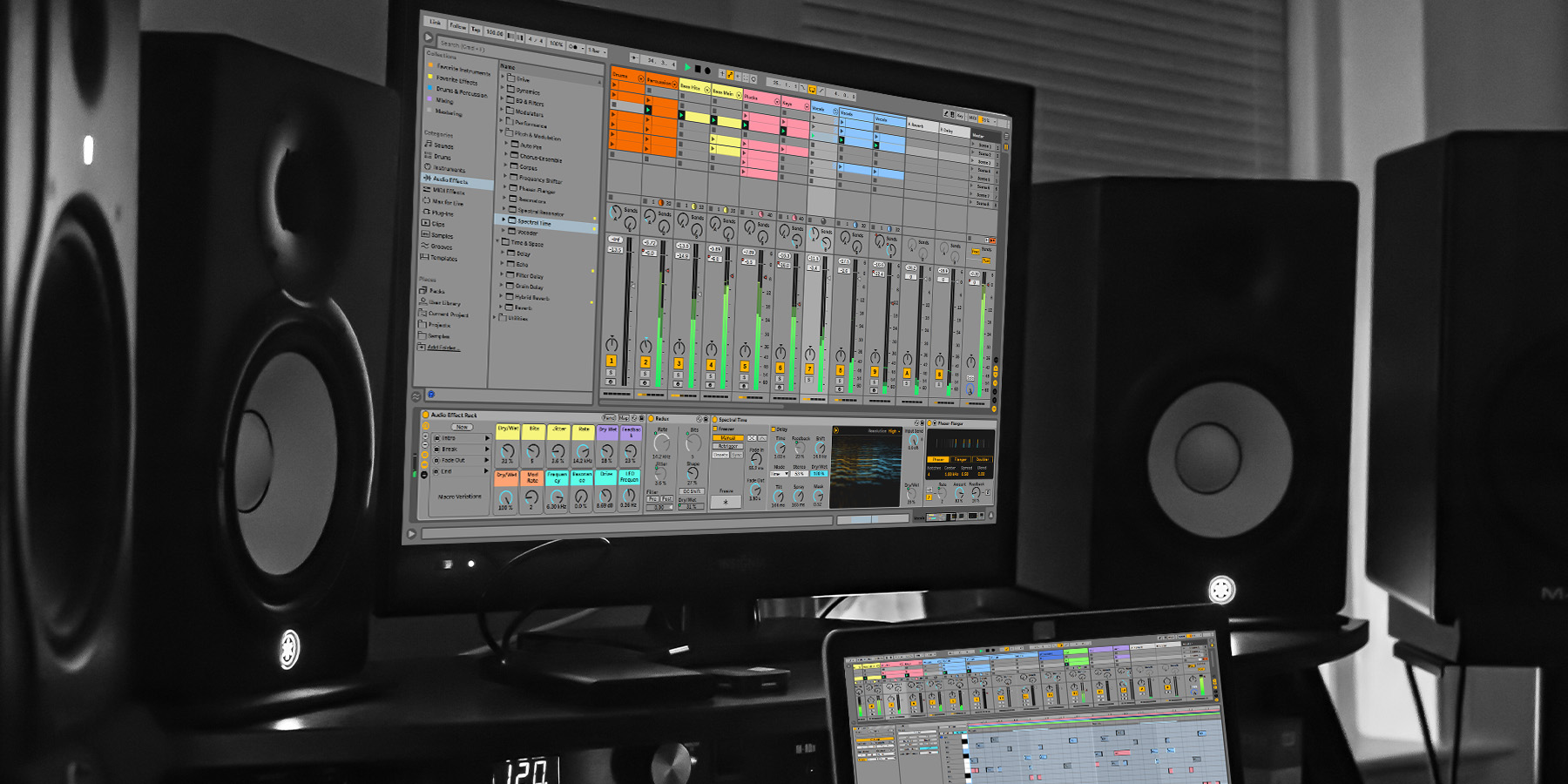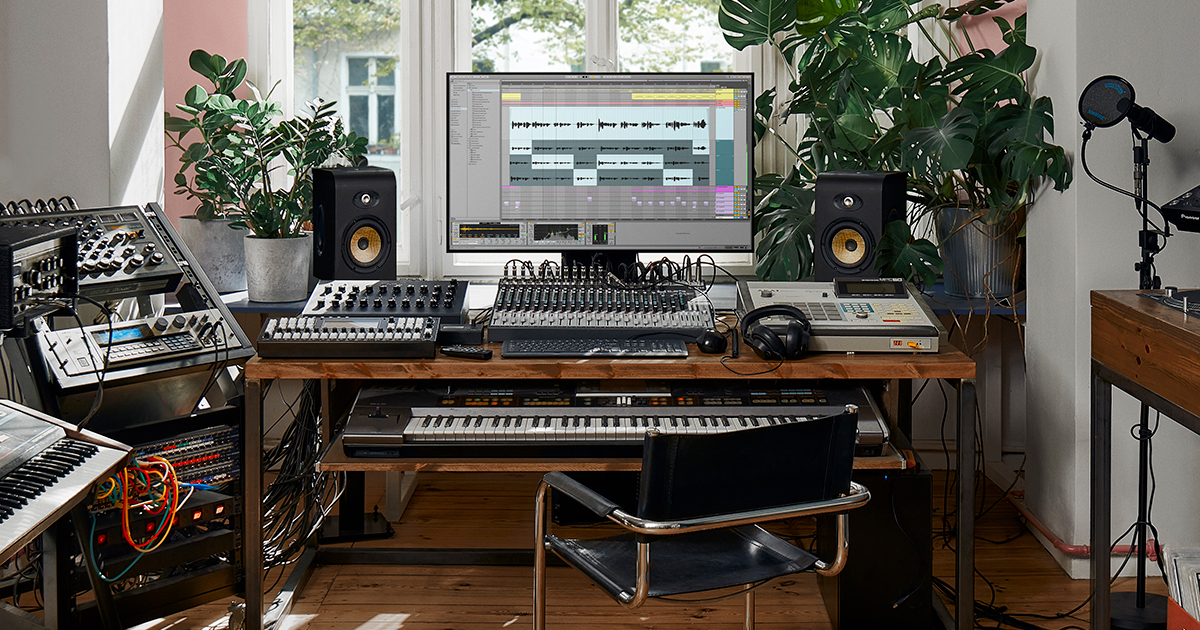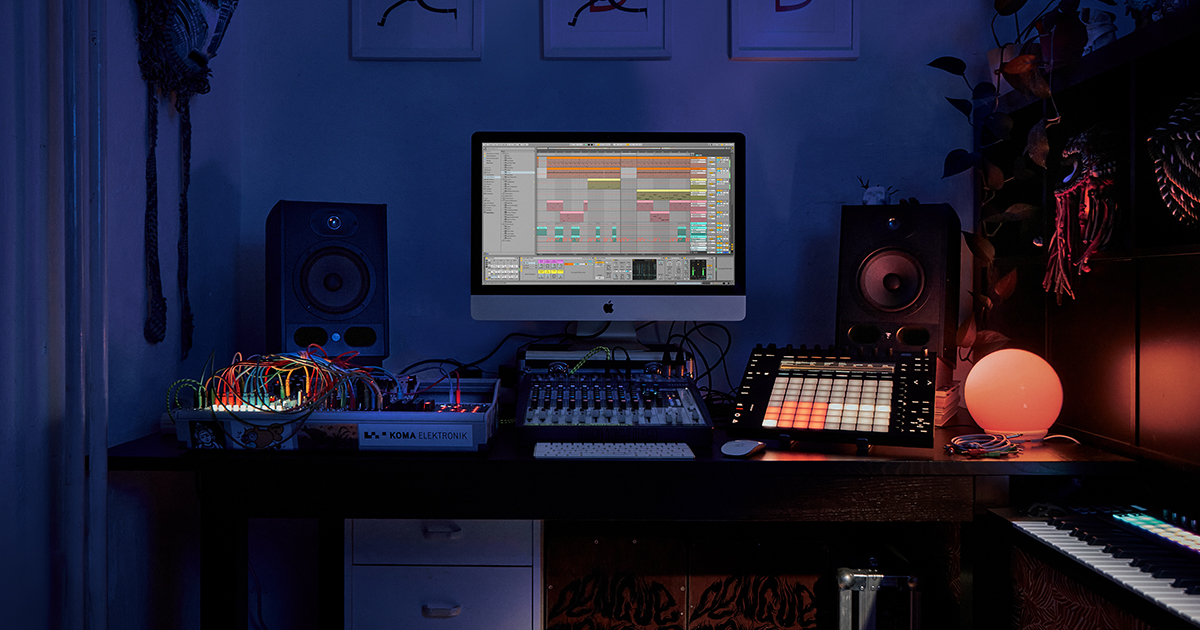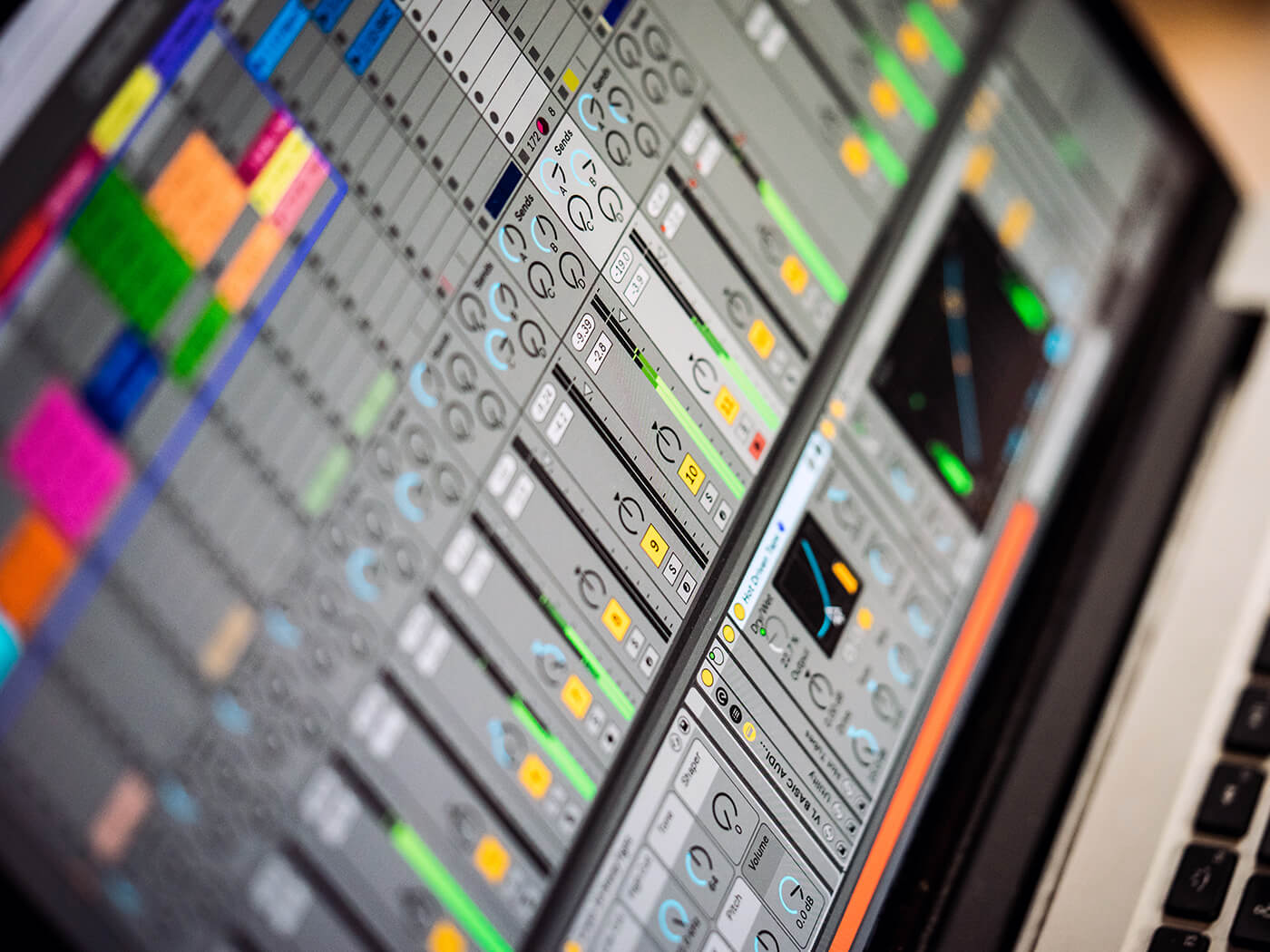Contents
Nowadays, it’s not uncommon for Digital Audio Workstation (DAW) developers to release their products in several editions to satisfy different people and different preferences. In the case of Ableton, it introduces a total of three editions of Ableton Live to the market: Intro, Standard and Suite. As musicians try to identify the best deal, they often pit the editions against each other and Ableton Standard vs. Suite is a prime example. If you want to make a wise investment and avoid wasting money, my article can help you out.
Summary Of The Editions
Standard
All in all, as the name suggests, Standard is designed from the ground up to be the mid-tier edition. That means Standard includes in essence everything that modern artists require for beginner-to-intermediate music processing. Examples include unlimited tracks, Audio-to-MIDI conversion, MIDI effects, linked track editing, 12 send and return channels, more than 1,800 instrument sounds and so on. If you desire a no-nonsense and well-equipped DAW, you should come to like Standard.
Compared to the entry-level Intro, Standard is more expensive ($79 vs. $349) but you get what you pay for. Considering its functions and features, Standard is a cost-effective choice for up-and-coming musicians who cannot drop big bucks on DAW.
Suite
As the premium edition, Suite not only possesses all the capabilities of Standard but also kicks things up a notch. For instance, Suite boasts exclusive sample libraries that people can use alongside a wide range of instruments at their leisure. Furthermore, musicians can take advantage of Suite to create custom effects in times of need which is a big plus. Needless to say, those that put creativity above all else tend to rate Suite above Standard.
In terms of price, unsurprisingly, Suite costs more than Standard by a considerable margin ($349 vs. $599). Therefore, it’s strongly recommended that you give your budget some thought before deciding on the addition to get.
Standard Vs. Suite: How To Choose
The diversity of needs and requirements means there is no clear winner in Ableton Standard vs. Suite. Instead of relying on one-sided opinions from others, you should take your situation into account and make your purchase accordingly.
- Go for Standard if: You find the capabilities of Intro to be insufficient but cannot afford Suite. Noteworthily, while Standard is not as capable as Suite in its default configuration, you may resort to plugins to boost its performance. Examples include FabFilter Pro-R, Serum, VPS Avenger, Ozone 9, Auto-Tune Artist, Little Plate, PuigTec EQs and so on. Since there is no shortage of paid and free plugins, you don’t have to worry about running out of options.
- Go for Suite if: You must carry out sophisticated music processing and Standard is unable to match your demands. Sure, Suite is not exactly cheap but for most of the time, the value it offers justifies its price. Additionally, considering the built-in capabilities of Suite, it’s highly likely that you won’t need to use resource-intensive plugins. As the number of plugins on your DAW decreases, stability increases which leads to smooth operation.
|
Standard |
Suite |
|
-Well-equipped -Average price |
-Full-featured -Steep price |
A Guide To Installing Ableton Live
Requirements
Windows
- Windows 10 (Build 1909 and later)/Windows 11
- Intel® Core i5 processor/AMD multi-core processor
- 8 GB RAM
- 1366×768 display resolution
- ASIO-compatible audio hardware for Link support (recommended for optimal audio performance)
- 3 GB of free disk space on the system drive for the basic installation (8 GB of free disk space recommended). For additional content, around 76 GB of free disk space is necessary.
Mac
- macOS High Sierra 10.13 to Ventura 13
- Intel® Core i5 processor
- Apple silicon
- 8 GB RAM
- 1280×800 display resolution
- Core Audio compliant audio interface recommended
- 3 GB of free disk space on the system drive for the basic installation (8 GB of free disk space recommended). For additional content, around 76 GB of free disk space is necessary.
Installation
Windows
- Step 1: Download the Live installer from the Ableton website.
- Step 2: Extract the .zip file, run the installer and follow the instructions
- Step 3: After the process finishes, restart your computer, launch Live and use it as you see fit.
Mac
- Step 1: Download the Live installer from the Ableton website.
- Step 2: Double-click the recently downloaded .dmg file to run the installer.
- Step 3: Drag and drop the Live icon into the Applications folder shortcut. Next, close everything then eject the .dmg file. Last but not least, go to the Applications folder shortcut, double-click Live and test it out.
Alternatives Of Ableton Live: Compilation
There is no doubt that Ableton Live is a great DAW but it’s not the only DAW available nowadays. If you don’t want to use Live for some reason, it’s suggested that you try out Logic Pro, Pro Tools, FL Studio, Bitwig Studio, Reaper, etc. Similar to Ableton Live, the mentioned applications come in several editions so it’s a good idea to study their characteristics. Once you know what to expect from the editions, you will have an easy time determining the right tool for the right job.

Hi music fan! I am Jeff. Hope that you enjoy some stuff I shared here in my personal blog.
About myself, Currently I am in charging as Artist Manager/Music Supervisor at 72 Music Management. I did managed album to Grammy Award in 2017 with 7 Nominations from 2014-2020 and had the opportunities to work with : A.J. Croce, Blind Boys of Alabama, Bobby Rush, Dom Flemons, Dustbowl Revival, Sarah Grace
Governor of the Memphis Chapter of The Recording Academy is one of a award that I am lucky to achieved.



